Image above: “The L Word” newsletter cover (1992) from the Martha Havlic papers, Iowa Women’s Archives
By Abbie Steuhm
In the process of creating a LibGuide on women and disability for the Iowa Women’s Archives (IWA), I discovered a trove of artifacts from disabled women and disability advocates in our collections. However, this did not come easily, as the history was hidden by its description in the archival record.
I began building the LibGuide by simply locating finding aids with the words “disability, disabled, disabilities,” etc. This yielded a handful of sources about disabled women and disability advocates from around the 1970s and 1980s, but not much more than that. However, I came across an idea when I read through IWA’s finding aid of the Elizabeth D. Riesz papers. One folder in Riesz’s collection was titled “Johnson County Association of Retarded Citizens,” which made me realize that I was using the wrong language in my search. By using the outdated language listed by the National Center on Disability and Journalism as harmful and/or inaccurate (“Disability Language Style Guide”), I pulled in significantly more sources than in previous searches.
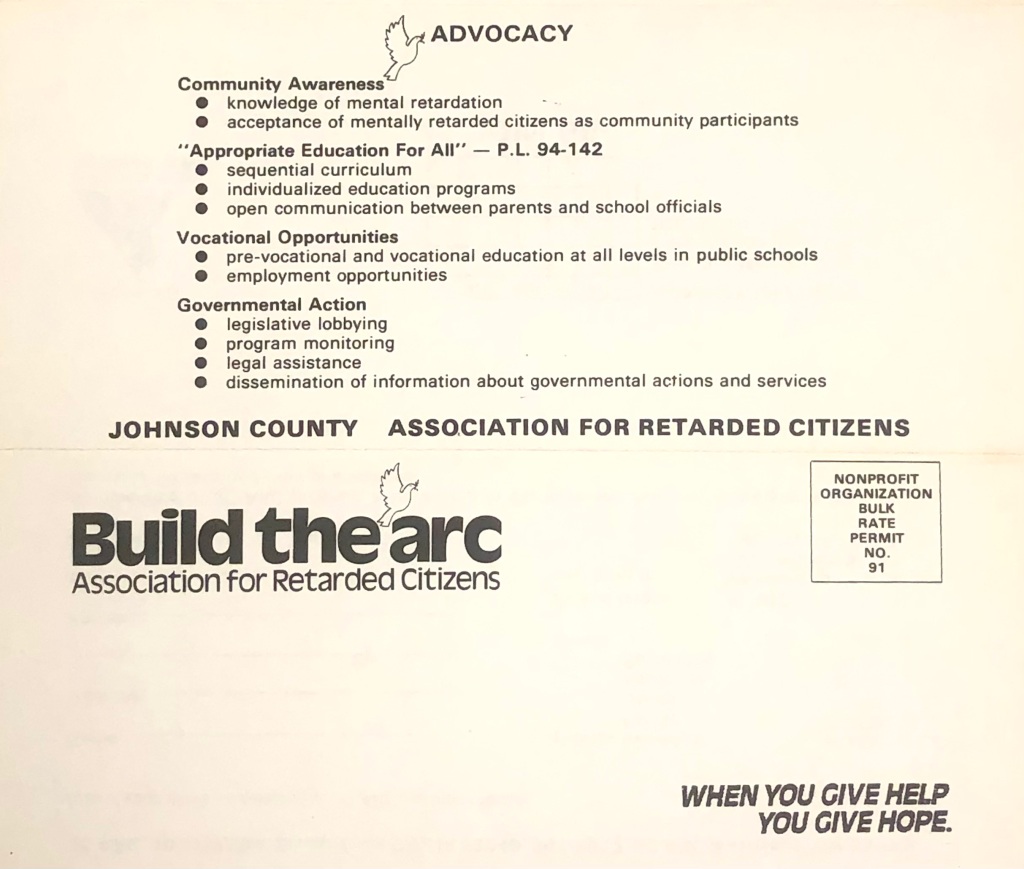
While I was able to discover more sources, this highlighted a different problem. Since these collections use outdated and inaccurate language to describe people with disabilities, they are not only harder to find but also perpetuate harmful stereotypes. Many archives and libraries are currently analyzing their collection descriptions with what is called “reparative description” in mind. Archivists like Annalisa Moretti from Harvard’s Houghton Library (“Reparative Description for Disability Collections: Using a New Model of Complex Embodiment at Harvard’s Houghton Library”) have been incorporating disability studies into their descriptions to replace harmful language and bring out hidden disability history. Using Moretti’s and other archivists’ experience and disability studies, I embarked on a reparative description project targeting disability-related terms in thirty-four IWA collections.
The local Johnson County organization mentioned in Elizabeth D. Riesz’s collection was found in several other collections, such as the Ruth Salzmann Becker papers. I began by researching the Johnson County Association, finding that they renamed themselves to the Arc of Southeast Iowa in the 1990s. The Arc states that they “stopped recognizing the acronym ARC or ‘Association of Retarded Citizens’” to take on “a descriptive meaning for ‘The Arc’…representing a bridge in services” (“Our History”).
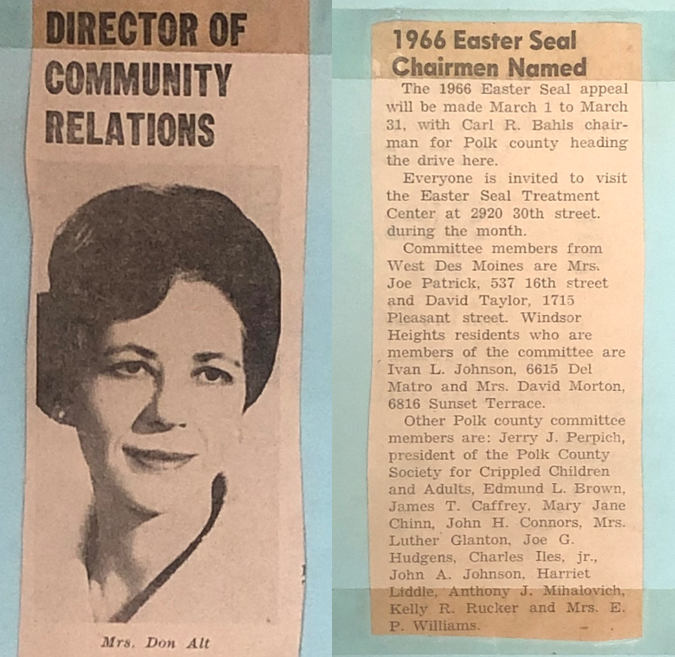
Knowing this, I changed the folder title in Riesz’s collection from the original organization name to “Arc of Southeast Iowa.” This way the harmful language is removed, and researchers coming from the Arc can discover Riesz’s collection. I did the same process with the IWA’s Greenberg Family papers and the Welch and Angrick papers. Both these collections included folders titled “Polk County Society for Crippled Children and Adults,” and my research found that the organization took on their early nickname “easter seals” as their new name in the 1960s, becoming “Easterseals Iowa”[1]. I made sure to note these changes in the finding aids to be transparent with patrons, as well as to avoid confusion. The processing information note for the Greenberg Family papers and the Welch and Angrick papers states, “This collection contains materials from the organization Easterseals Iowa, formerly known as the Polk County Society for Crippled Children and Adults, prior to their name change in 1967.” The Elizabeth D. Riesz and Ruth Salzmann Becker collections were given similar notes. These notes also allow the previous organization names to be keyword-searchable for researchers who are more familiar with those names.
Not every collection had a simple solution. When I came across the “Blosser Home for Crippled Children” name in the Marie Tener Havel papers, I found that building would later become a women’s home, leaving behind its previous designation. Since there is no modern alternative to this name, my only choice is to leave it as is. If I were to change the name of the home, then I would be erasing its history as a home for children with disabilities. This case showed how we cannot change every word in these descriptions, and that the words we use in descriptions hold weight. So, a note was added to the finding aid explaining that, “this collection has materials related to the Blosser Home for Crippled Children … Because the original home no longer exists, the name will not be edited so that its history will remain visible despite its use of outdated and harmful language.”
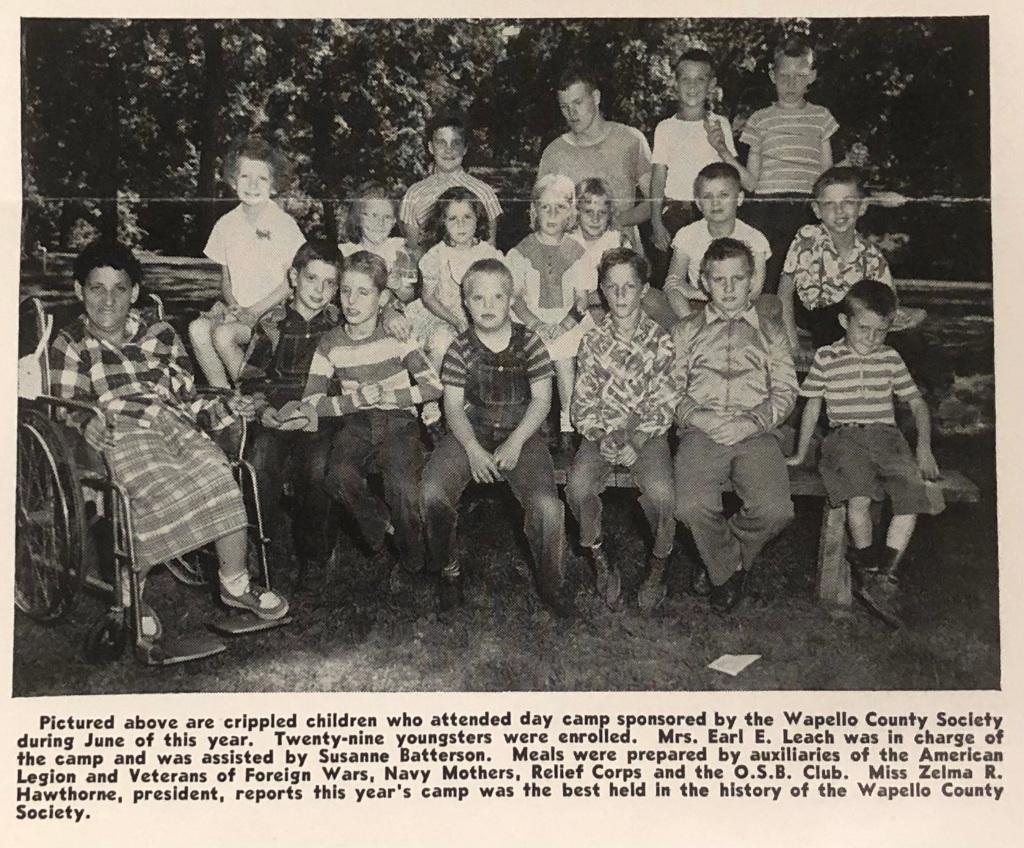
Another instance of this issue occurring was with the Judy Herron Hoit papers. Hoit was a pageant winner, wheelchair user, and disability advocate. One of her most notable achievements was winning the Handicapped Woman of Iowa Pageant in 1991. The term “handicapped” is currently being replaced with “disabled” and other disability-specific terms in modern usage. However, like in Havel’s collection, the pageant was a one-of-a-kind event that is no longer held. To preserve history, the name itself must remain the same. So, in a similar vein to Havel’s collection, a processing information note was added to the Hoit papers acknowledging the terms used and explaining their history.
My reparative description project allowed me to make significant changes to the IWA’s collections, as well as bring to light some forgotten disability history. It also revealed issues regarding repairing names and titles that use harmful and outdated language. While we cannot change every description, we can encourage the use of modern language and disability studies to our researchers so that they know how to properly describe disability history. As archivists, we should also continue our work in reparative description and do our own research on how to properly describe various topics without relying on our biased assumptions. This way, we try to prevent the harm caused by inappropriate descriptions.
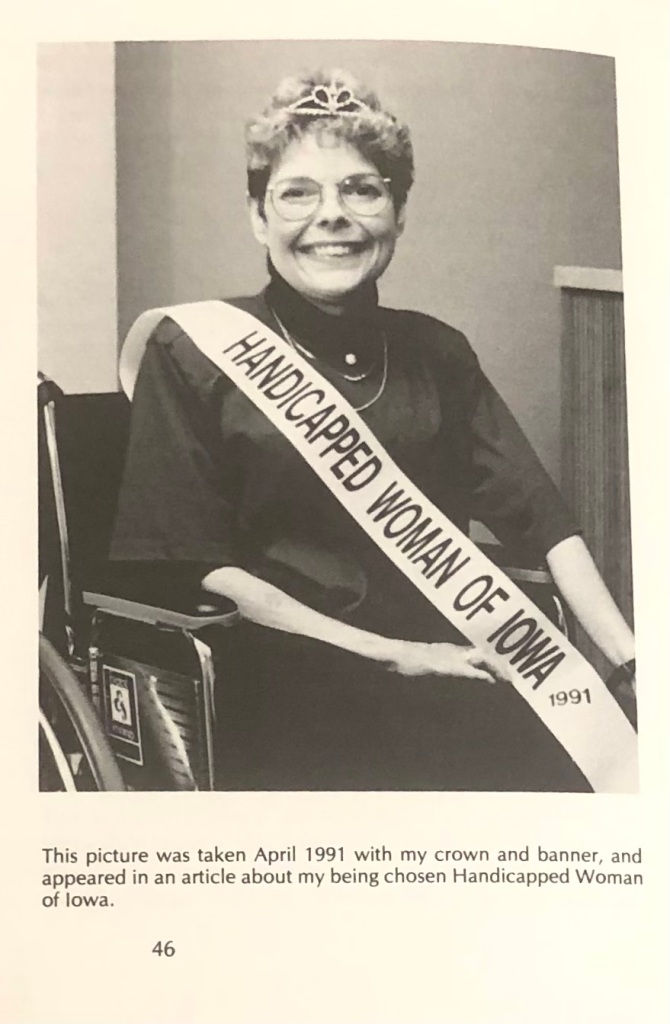
[1] “History.” Easterseals Iowa, 2023, https://www.easterseals.com/ia/who-we-are/history/. According to the Easterseals website, “by 1967, the Easter “seal” was so well recognized, the organization formally adopted the name ‘Easter Seals.’”
Abbie Steuhm is the Research & Scholarship Librarian at Dakota State University. While obtaining their MA in Library & Information Sciences at the University of Iowa, Steuhm worked as a Student Specialist in the Iowa Women’s Archives where they gained the inspiration for this project. Steuhm was also president of the UI Students for Disability Advocacy & Awareness and worked as a graduate research assistant on the Jumpstarting Tomorrow grant and the William E. Riley grant.

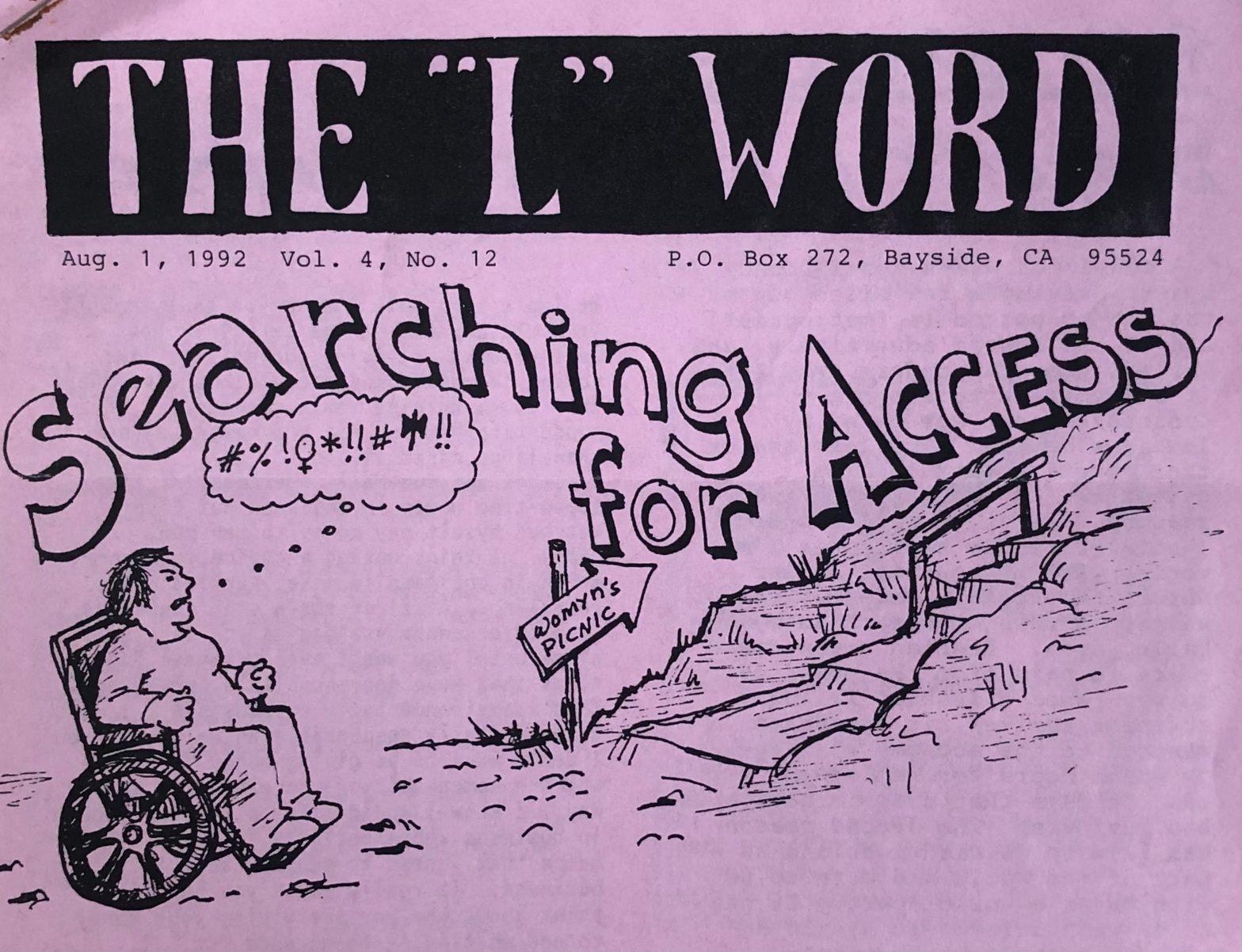
One thought on “Exploring the Iowa Women’s Archives Disability Collections”